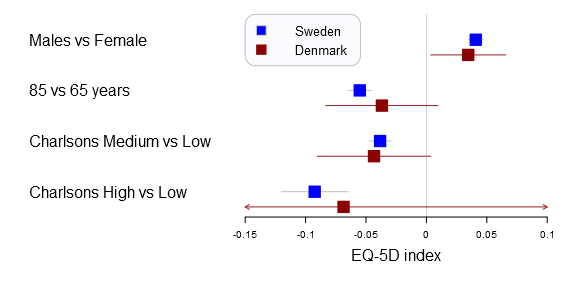
Images can be a powerful medium if used right. The image is CC by alemdag.
Fast-track publishing using knitr is a short series on how I use knitr to speedup publishing in my research. This is the third article in the series devoted to plots. Hopefully you will through this post have the need-to-know stuff so that you can (1) add auto-numbering to your figures, (2) decide on image formats, (3) choose image resolution, and (4) get anti-aliasing working. Continue reading







![Pubmed trends showing how the popularity of analyzing comorbidities have increased over time. The search query is "Arthroplasty[MeSH Major Topic] AND (comorbidity OR co-morbidity)", for the blue bar I also added "AND (Charlson OR Elixhauser)" to indicate that the popularity of using scores that summarize the comorbidities also are increasing.](http://gforge.se/wp-content/uploads/2013/09/fig_1_pubmed_trends.png)

